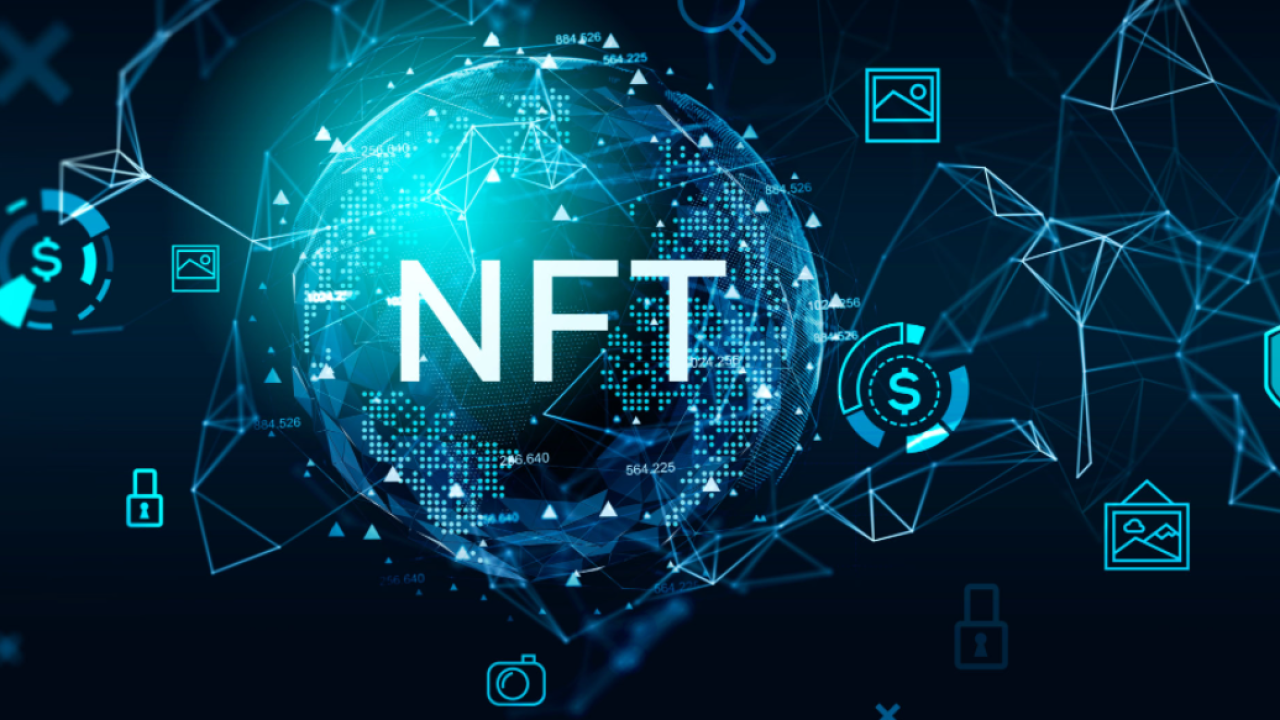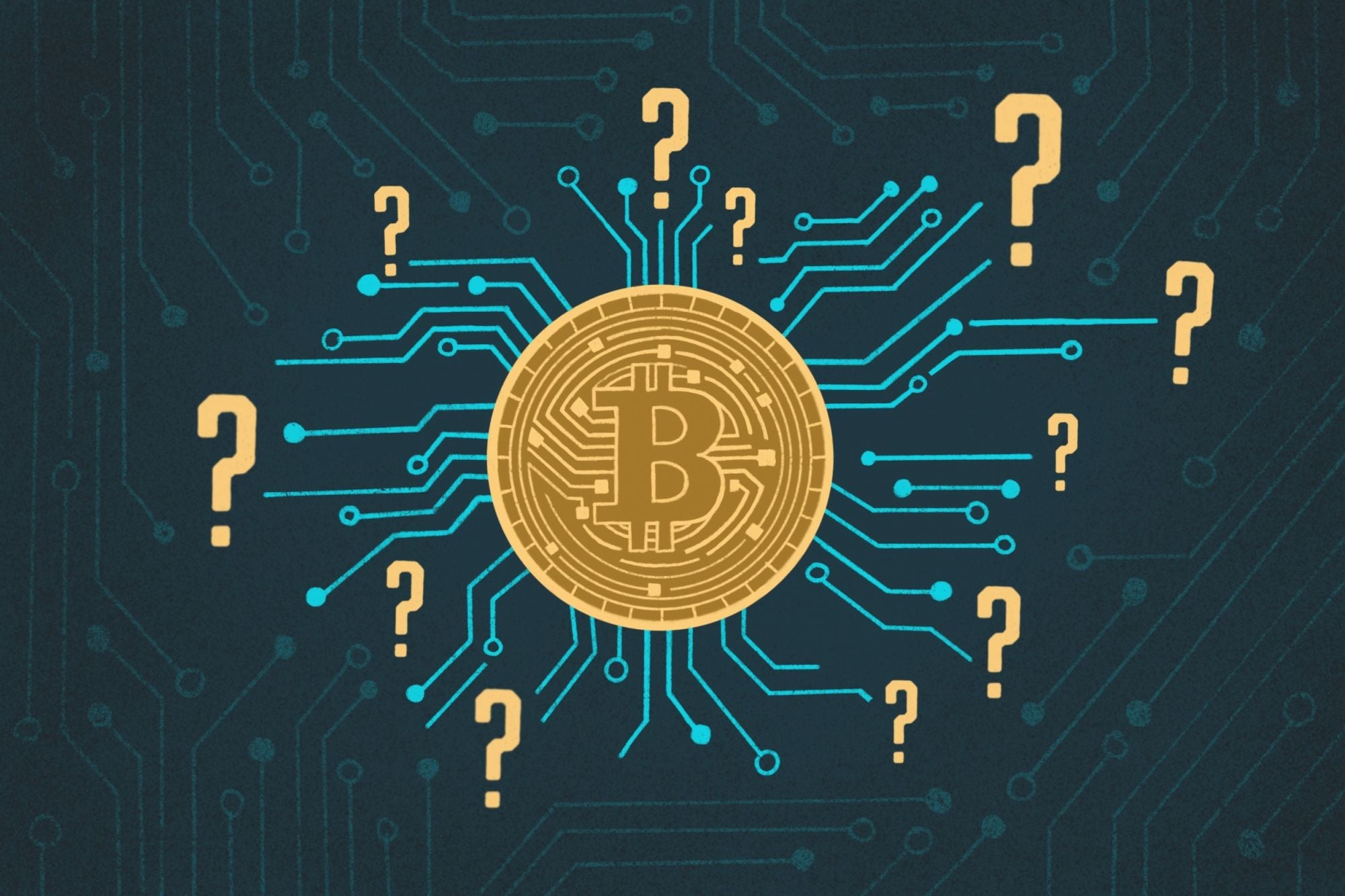How Does Cryptocurrency Work?
Cryptocurrency has transformed the way we perceive and conduct financial transactions. But how exactly does it work

Cryptocurrency has transformed the way we perceive and conduct financial transactions. But how exactly does it work? Beyond the buzzwords and technical jargon lies a fascinating world of blockchain technology, decentralized networks, and cryptographic principles. In this comprehensive guide, we will delve into the intricate mechanisms that power cryptocurrencies, from the creation of digital assets to the secure validation of transactions. By the end, you'll have a clear understanding of how cryptocurrency operates and the innovation it brings to the realm of finance.

Demystifying Cryptocurrency: Understanding the Basics
Defining Cryptocurrency
Cryptocurrency is a digital or virtual form of currency that uses cryptography for secure transactions, control of new units, and verification of asset transfers. It operates on decentralized networks, distinguishing it from traditional centralized currencies.
What Sets Cryptocurrency Apart
Cryptocurrency's decentralized nature removes the need for intermediaries like banks. Transactions are verified by a network of participants, ensuring transparency and security. This technology offers new avenues for financial inclusion and innovation.
Blockchain Technology: The Foundation of Cryptocurrency
Exploring Blockchain's Key Components
A blockchain is a distributed and immutable ledger that records transactions in chronological order. It consists of blocks, each containing a set of transactions. Once a block is added, it cannot be altered without consensus from the network.
Decentralization: Removing Central Authorities
Decentralization ensures that no single entity has control over the network. Transactions are verified by nodes (computers) spread across the network, preventing a single point of failure.
Cryptocurrency Creation: Mining and Issuance
The Role of Miners in Securing the Network
Cryptocurrency creation often involves mining, a process where miners use computational power to solve complex puzzles. This secures the network, prevents fraud, and adds new transactions to the blockchain.
Proof of Work vs. Proof of Stake
Proof of Work (PoW) and Proof of Stake (PoS) are consensus mechanisms that validate transactions. PoW relies on computational power, while PoS uses participants' ownership of coins to verify transactions.
Public and Private Keys: Cryptographic Security
How Public and Private Keys are Generated
Cryptographic keys play a crucial role in securing transactions. A public key is visible to all and serves as an address, while a private key is known only to the owner and is used to sign transactions.
Ensuring Secure Transactions
Transactions are signed with private keys, ensuring authenticity and integrity. The recipient's public key is used to verify the transaction's legitimacy.
Cryptocurrency Transactions: From Sender to Receiver
Initiating a Transaction
When a user initiates a transaction, it is broadcasted to the network. The transaction includes the sender's public key, recipient's address, and the amount of cryptocurrency being transferred.
Transaction Verification and Inclusion in Blocks
Miners verify transactions by solving complex mathematical puzzles. Once verified, the transaction is added to a block. As more blocks are added, a chain of verified transactions is formed?the blockchain.
Mining Rewards and Transaction Fees: Incentivizing Participants
Earning Cryptocurrency through Mining
Miners are incentivized to participate through mining rewards. When a miner successfully adds a block to the blockchain, they receive a reward in the form of newly minted cryptocurrency.
Transaction Fees: Facilitating Priority Transactions
Users can include transaction fees to prioritize their transactions. Miners often prioritize transactions with higher fees, as they contribute to their earnings.
Consensus Mechanisms: Achieving Agreement
Achieving Consensus in a Decentralized Network
Consensus mechanisms ensure that all participants agree on the state of the blockchain. This prevents double-spending and fraud.
Byzantine Fault Tolerance and Variations
Byzantine Fault Tolerance (BFT) is a concept that enables a system to function even when some participants are malicious or fail to operate correctly. Various consensus mechanisms, such as Delegated Proof of Stake (DPoS) and Practical Byzantine Fault Tolerance (PBFT), build upon BFT principles.
Smart Contracts and DApps: Expanding Possibilities
What are Smart Contracts?
Smart contracts are self-executing contracts with the terms of the agreement directly written into code. They automatically execute actions when predetermined conditions are met.
DApps: Decentralized Applications
DApps are applications built on blockchain platforms. They leverage smart contracts and decentralized networks to offer new functionalities, such as decentralized finance (DeFi) and digital identity solutions.
Privacy and Anonymity: Balancing Transparency and Security
Transparent Transactions on the Blockchain
Most blockchain transactions are transparent and publicly accessible. Any wallet address can be used to track its transaction history.
Enhancing Privacy through Techniques
Privacy coins and techniques like zero-knowledge proofs enhance privacy by allowing users to transact with increased anonymity.
Interoperability and Scaling: Challenges and Solutions
Bridging Different Blockchains
Interoperability solutions aim to connect different blockchains, enabling seamless asset transfers between networks.
Future of Cryptocurrency: Innovations and Beyond
The future of cryptocurrency holds the promise of enhanced scalability, improved privacy, and expanded use cases. New consensus mechanisms, integration with traditional finance, and advancements in blockchain technology will shape the landscape.
Unveiling the Mechanisms
Cryptocurrency's underlying mechanisms are a synergy of cryptography, decentralized networks, and consensus protocols. Through blockchain technology, secure transactions and innovative applications have emerged, revolutionizing finance.
What's Your Reaction?
















